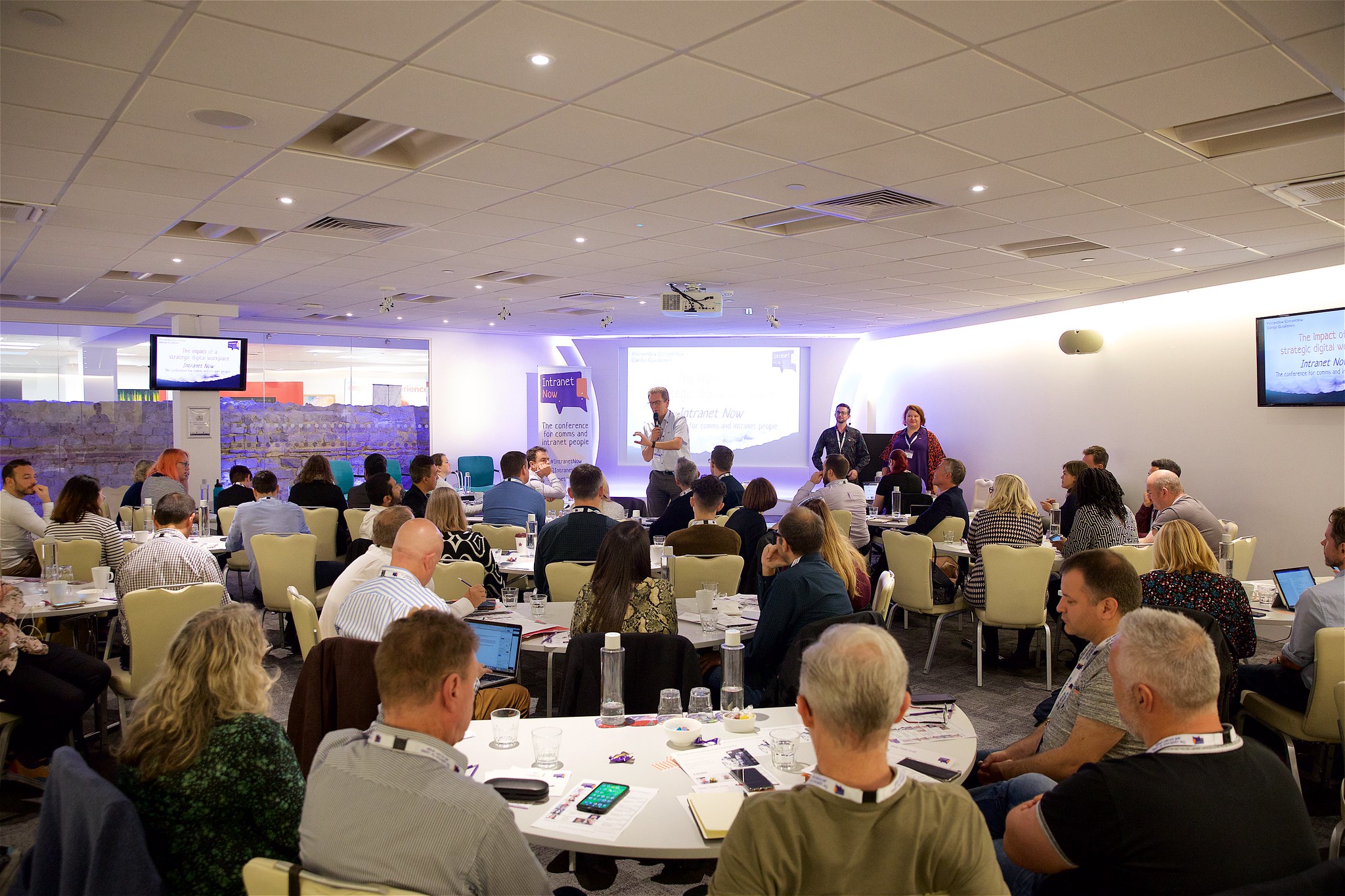Tag: research
-
Intranet Now – October 2019
This time with…strategy It feels a little odd to be back at One America Square so soon after the last Intranet Now conference, not that I’m complaining. The previous Summer Edition was an experiment that I very much enjoyed (Intranet Now 2019 Summer Edition), and it is always a pleasure to immerse myself in the…
Written by
